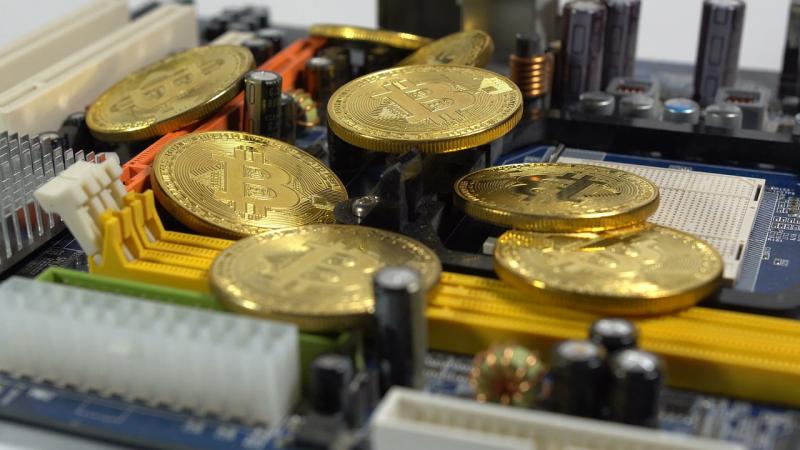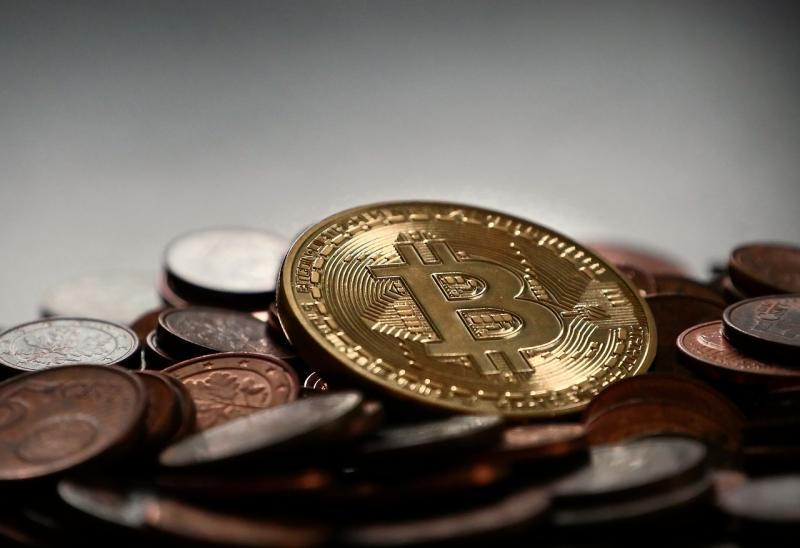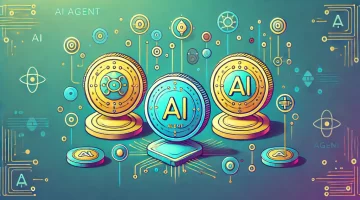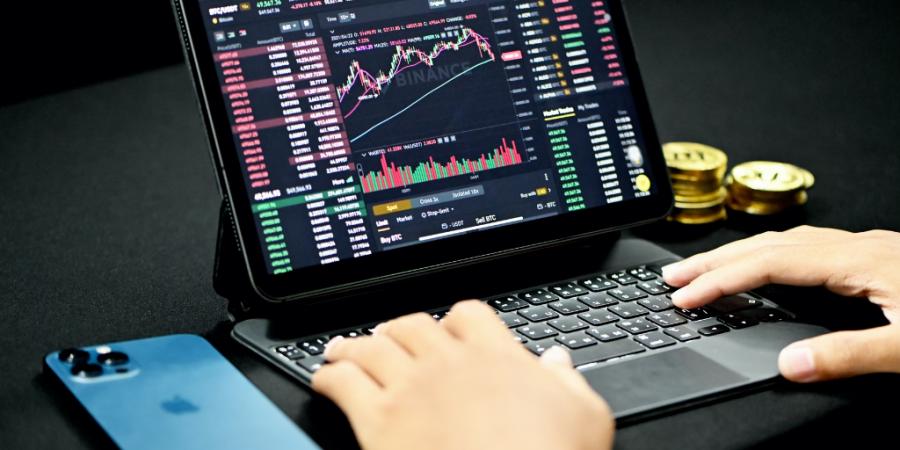3 Reasons to Buy Bitcoin in 2020

Bitcoin is transforming the globe, and every believer in Blockchain is wiping out a long list of explanations why cryptocurrencies is the future of finance. They are right, guy. Bitcoin is a global currency that tackles current privacy issues, lifts the unbanked, and transfers economic control from big banks and policymakers back to the citizens.
Bitcoin today is like gold was to the bartering system, it is a great way to perform transactions and sooner or later the whole world will have to accept it. Countries like Kenya have accepted bitcoin currency and mpesa allows you to convert your money into bitcoin all online. The bitcoin to MPESA will help you withdraw your bitcoin invested cash with ease.
On top of that, here are a couple more specific explanations why bitcoin is the currency of the future, and why now is the time to purchase it.
Reason 1) Scarcity + Network Effects
Bitcoin is an open source peer-to - peer monetary mechanism developed by an anonymous individual or community called Satoshi Nakamoto that can store and transfer value.
It is decentralized; there is no overarching body that governs it, which instead uses blockchain-based cryptography, determined by several parties on the network, to validate transactions and maintain the protocol. Incentives are given by the protocol to those who contribute computational resources to validate transactions in the form of fresh 'mined' coins and/or transaction fees. In other terms, by testing and protecting the blockchain, you are gaining a few coins.
At the beginning, anybody with a good machine will be able to mine some coins. Now that many bitcoins have been mined and the mining coin market has been very lucrative, most people are merely purchasing coins from current owners on exchanges and other sites, whereas mining new coins is a specialized activity.
Bitcoin's protocol restricts it to a total of 21 million coins, which gives it availability, which thus theoretically gives it worth ... provided there is interest for it. There is no central authority who would arbitrarily alter the limit; Satoshi Nakamoto himself could not introduce further coins to the Bitcoin Protocol if he chose to do so. These coins may be separated into 100 million units each, including fractions of an ounce of gold.
Reason 2) The Halving Cycle
Starting in January 2009, about 50 new bitcoins were generated every 10 minutes from "miners" verifying a new block of transactions on the network. However, the algorithm is designed to reduce the sum of fresh coins per block over time, until a sufficient number of blocks are applied to the blockchain.
These occurrences are known as "halvings." The start-up time (first cycle) had 50 new bitcoins per 10 minutes. The first half occurred in November 2012, and from that point on (second cycle) the miners obtained only 25 coins to solve a block. The second half occurred in July 2016 and from there (third cycle) the incentive dropped to 12.5 new coins per block. The third half happened in May 2020 (fourth cycle), so the payout is now just 6.25 coins per new block.
The number of new coins is asymptotically reaching 21 million. Every four years or so, the pace of production of new coins is reduced by half, and by the beginning of 2030, more than 99 per cent of the existing coins would have been produced. The current amount that has been extracted is now about 18.4 million out of the 21 million that would potentially be mined.
Bitcoin has traditionally done exceptionally well in the 12-18 months after the introduction and the first two halvings. The decline in the current production or flow of coins, in the face of persistent or increasing demand for coins, appears predictably to increase costs in 2020.

Reason 3) A Perfect Backdrop Macro
Bitcoin was designed and released in 2008 and 2009; the center of the global financial crisis, with massive bank collapse, big government bailouts, and the worldwide acceptance of quantitative easing as a monetary instrument by central banks. His protocol was an effort to store and transfer value in a manner that was simultaneously verifiable and rare, like digital gold, in opposition to the concept of bailouts and money printing.
It took years for the situation to play out. U.S. deficits have risen for more than 5 years, and quantitative easing has not stopped until late 2014. In 2012, Europe witnessed a delayed sovereign debt crisis. The whole financial crisis was a phase rather than a case.
About a decade old, we have a much bigger situation on our hands, with larger bailouts, stronger quantitative easing, and direct cash outs to businesses and customers paying for central bank deficit monetization.
Conclusion
Bitcoin was developed as a means for citizens to restore their control over their own currencies. Eleven years later, Bitcoin not only offers users across the globe the opportunity to do exactly that, but it has also proved to be a good venture, deserving of its title as the future of finance. There is not an ounce of doubt that cryptocurrency is the future, paper currency is old news. So now is the best time to buy it when it's cheap!
More to Read:
Previous Posts:







